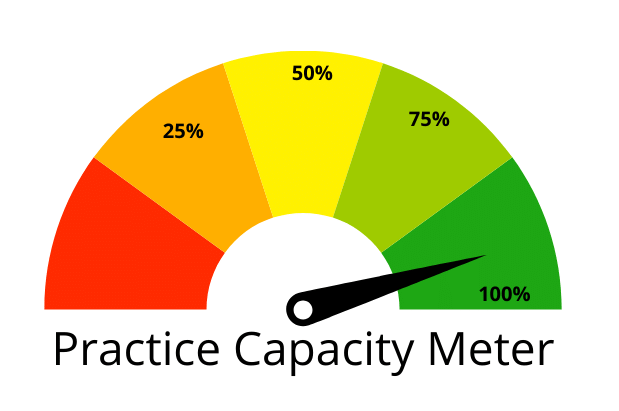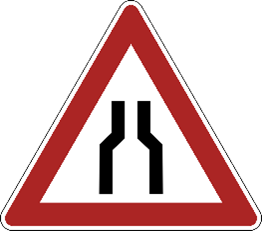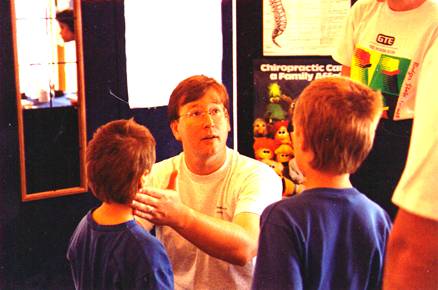Imagine this scenario:
Written on a white board near the chiropractic patient adjusting area:
Last to show and the first to go.
Patient: Hey Doc, what does that mean, written on the white board there?
Doctor: Hi Sam, glad you asked. Just a reminder for me to explain that pain usually shows up after a health problem is present for a period of time, and usually goes away or lessens during the early part of our program of care. In other words, the pain can go away but the issue that caused it can still be present.
Patient: Oh, I got you! So, even though I am feeling much better, I better stick with the program, is that it?
Doc. Yep!
===
You know patient education is important. It improves outcomes. It improves retention. It improves referrals.
This is a simple procedure to improve your patient education: Assign a creative staff member the task of writing images or sayings that prompt the patient, or prompt you, to talk about a health subject. That’s it!
It prompts TABLE TALK.
Table talk is the BEST form of patient education and, for that matter, promotion. It comes from you, the doctor, during the most transformative time in your office.
Here are a few sample subjects you could post on a white board near your adjusting table:
- How does chiropractic work?
- Above Down Inside Out
- Dr. You
- Does chiropractic help with headaches?
- Last to Show First to Go
- Time, Repetition, Effort! [It takes time to restore your health, it has taken a long time for you to get into this condition. It takes repetitive work, like orthodontics. We will give you our best effort, you will have to do the same,]
Add a drawing now and then:
- How is pain like an iceberg? (Draw an iceberg. [Iceberg Symptoms on top of the water, cause below in the water.]
- How is spinal health like a rusty hinge? [This is when your vertebrae wears away when it becomes stuck.]
- What happens to your tires when they are out of alignment? [Disks wear out faster like tires out of alignment.
- Car Parked a garden hose. [When the hose is stepped on or kinked the water does not flow 100%. The same is true when you have a subluxation and your nerves are impinged. This affects everything your nerves are connected to.]
- Safety Pin.
- Orthodontics.
Just so you don’t get too serious, add a joke now and then:
- I had to turn down the landscape company today…
****They wanted too mulch
- The bartender says “Sorry, we don’t serve time travelers in here.”
****A time traveler walks into a bar.
===
This procedure doesn’t cost you. Like chiropractic (or our consulting!), it pays!
But only do it for two months at a time, otherwise it will lose its novelty for you, the staff, and patients. Run it 2- 3 times each year.
Once a month, meet with your team and come up with some new patient education prompters. This is also another way to educate your team in the process.
Keep the conversation going.
The more they know, the further they’ll go.
And seize the future.
Ed

 Working with different offices, we are always reminded of the fundamentals that apply universally. For example…
Working with different offices, we are always reminded of the fundamentals that apply universally. For example…








 “No company, small or large, can win over the long run without energized employees who believe in the mission and understand how to achieve it.”
“No company, small or large, can win over the long run without energized employees who believe in the mission and understand how to achieve it.”










 Here in the United States, July 4th is a date we celebrate each year, commemorating the independence as colonies from Great Britain.
Here in the United States, July 4th is a date we celebrate each year, commemorating the independence as colonies from Great Britain.